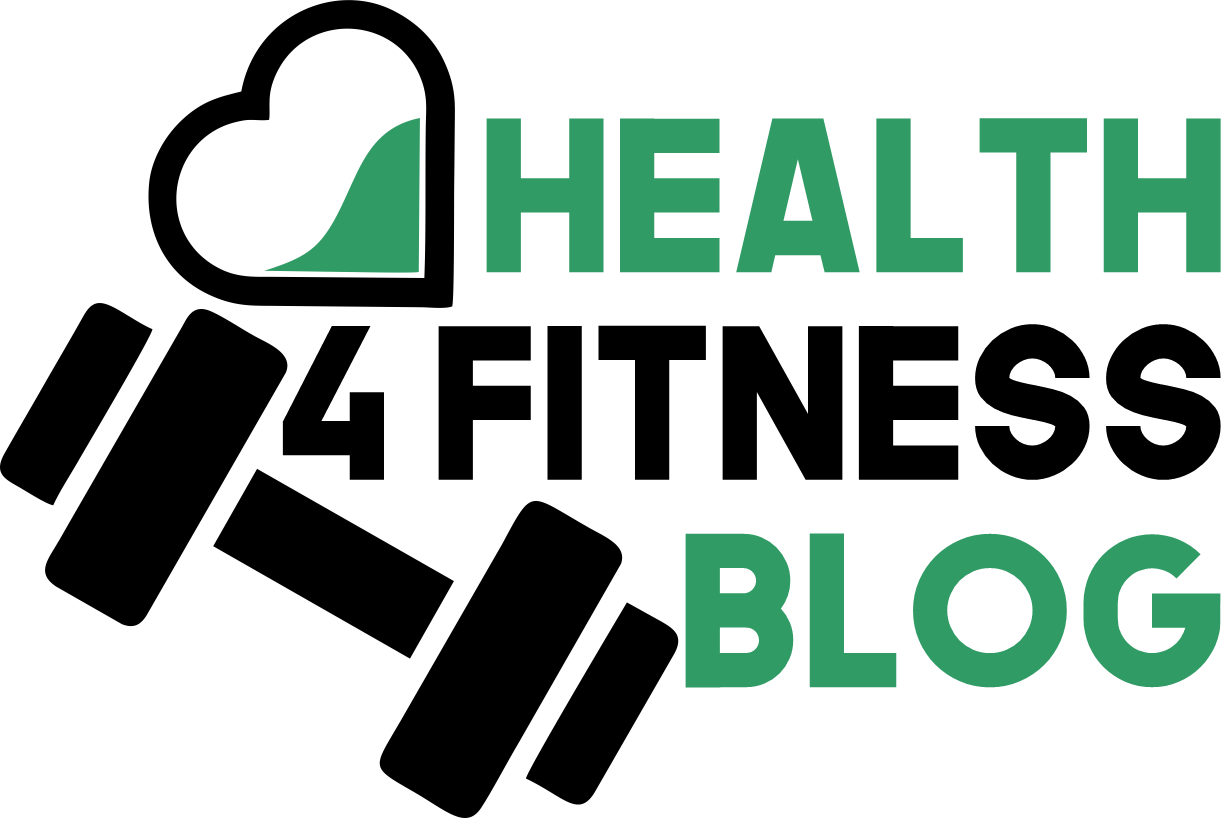Recovering from a stroke can be a long and challenging journey. However, there are numerous strategies and lifestyle changes that can significantly enhance recovery after a stroke. This article will explore various methods and approaches to help stroke survivors achieve better outcomes, focusing on practical tips that are closely related to the recovery process, without diving into complex medical jargon.
Table of Contents
Importance of Stroke Rehabilitation
Rehabilitation is the cornerstone of enhancing recovery after stroke. It helps survivors regain their independence, improve motor skills, and boost overall quality of life. The sooner rehabilitation starts, the better the outcomes. Here are some key components of effective rehabilitation:
- Physical Therapy: Engaging in physical exercises can help improve mobility, balance, and muscle strength. Physical therapy typically includes activities like walking, stretching, and strength training exercises. Therapists often tailor programs to the individual’s needs, gradually increasing intensity as the patient progresses.
- Speech Therapy: For those with speech difficulties, a speech-language pathologist can assist in regaining communication skills. Speech therapy may also involve exercises to improve swallowing, which can be a challenge for many stroke survivors.
- Occupational Therapy: This helps individuals relearn daily activities, such as dressing, bathing, and cooking, to foster independence. Occupational therapists can also recommend modifications to the home environment to improve safety and accessibility, making it easier for stroke survivors to carry out their daily routines.
Lifestyle Changes to Support Stroke Recovery
Making specific lifestyle changes can play a critical role in enhancing recovery after stroke. Some of these changes include:
1. Adopting a Healthy Diet
- Focus on nutrient-dense foods like fruits, vegetables, lean proteins, and whole grains. Consuming a diet rich in antioxidants can also help reduce inflammation and promote overall brain health.
- Limit salt, sugar, and unhealthy fats to reduce the risk of recurrent strokes. Reducing sodium intake can help maintain healthy blood pressure levels, which is crucial for preventing future strokes.
2. Staying Physically Active
- Light exercises such as walking or swimming can help improve cardiovascular health and overall mobility. Engaging in physical activity can also enhance mood and reduce feelings of depression or anxiety, which are common after a stroke.
- Always consult with a healthcare provider before starting any exercise routine. A physical therapist can create a personalized exercise plan that takes into account the survivor’s current abilities and limitations.
3. Managing Stress and Mental Health
- Practicing mindfulness, meditation, or yoga can reduce stress and improve emotional well-being. Techniques like deep breathing exercises and progressive muscle relaxation can also help manage stress levels.
- Seek counseling or join a support group to connect with others who are going through similar experiences. Participating in group therapy or online forums can provide emotional support and valuable insights into coping with the challenges of stroke recovery.
Assistive Technology in Stroke Recovery
Advancements in technology have led to the development of various assistive devices that can support stroke survivors during their recovery. These include:
- Robotic Exoskeletons: These wearable devices can assist in improving mobility and muscle strength during physical therapy. They help patients perform repetitive movements, which are essential for retraining the brain and improving motor function.
- Speech-Generating Devices: For those who struggle with speech, these devices help facilitate communication. Some devices are customizable, allowing users to create phrases that are commonly used in their daily lives, making communication more efficient.
- Mobile Apps: There are several mobile applications designed to aid stroke survivors in practicing exercises, tracking their progress, and staying motivated. Apps can also provide reminders for medication, exercises, and upcoming therapy sessions, helping survivors stay on track with their recovery plan.
Social Support in Stroke Recovery
Having a strong support network can make a significant difference in a stroke survivor’s recovery journey. Family, friends, and support groups provide the emotional and practical assistance needed to navigate challenges. Tips for building a supportive environment include:
- Encouraging Independence: Allowing stroke survivors to perform daily activities on their own (where possible) can boost confidence. Even small tasks, such as making a cup of tea or dressing independently, can provide a sense of accomplishment.
- Being Patient and Understanding: Recovery takes time, and having a patient support network is vital. Stroke survivors may experience frustration, and it is important for caregivers to offer encouragement and celebrate even small progress.
- Joining Community Programs: Engaging in local support programs can provide a sense of belonging and offer useful resources for stroke recovery. Community centers often host group activities that promote social interaction and provide opportunities for stroke survivors to practice their skills in a supportive environment.
Cognitive Exercises to Boost Recovery
Cognitive impairments are common after a stroke. To enhance cognitive recovery, it is essential to engage in activities that stimulate the brain:
- Puzzles and Memory Games: Activities like crossword puzzles or memory games can help improve cognitive function. These exercises target different aspects of cognition, such as memory, attention, and problem-solving skills.
- Learning New Skills: Taking up new hobbies or skills can stimulate different parts of the brain, promoting neuroplasticity. Activities like painting, playing a musical instrument, or learning a new language can provide mental stimulation and improve cognitive function over time.
- Reading and Writing: Encouraging stroke survivors to read books, write in a journal, or even try creative writing can help enhance language skills and improve focus. These activities can also be a therapeutic outlet for expressing emotions and processing the recovery journey.
Tips for Caregivers
Caregivers play an essential role in enhancing recovery after stroke. Here are some helpful tips for caregivers:
- Learn About Stroke Recovery: Educate yourself about the different stages of recovery and how you can best support your loved one. Understanding the recovery process can help set realistic expectations and prepare for the challenges ahead.
- Take Care of Yourself: It is equally important for caregivers to look after their own mental and physical well-being to provide the best possible support. Taking breaks, seeking respite care, and engaging in activities you enjoy can prevent burnout and ensure you remain physically and emotionally capable of providing care.
- Establish a Routine: Creating a daily routine can provide structure for both the stroke survivor and the caregiver. A consistent schedule can help reduce anxiety and create a sense of normalcy, making it easier to manage the day-to-day aspects of recovery.
Preventing Recurrent Strokes
One of the key goals of stroke recovery is preventing another stroke. Here are some strategies to reduce the risk of recurrence:
- Manage Chronic Conditions: Conditions like high blood pressure, diabetes, and high cholesterol are major risk factors for strokes. Proper management through medication, diet, and lifestyle changes is crucial.
- Quit Smoking and Limit Alcohol: Smoking significantly increases the risk of stroke. Quitting smoking and limiting alcohol intake can help lower the risk of a recurrent stroke.
- Take Prescribed Medications: Adhering to medications prescribed by healthcare providers is essential for managing risk factors and preventing future strokes. These may include blood thinners, antihypertensives, and cholesterol-lowering drugs.
Emotional Side of Stroke Recovery
Emotional recovery is just as important as physical recovery. Many stroke survivors experience feelings of sadness, anxiety, or even depression. Addressing emotional health can lead to a more holistic recovery:
- Counseling and Therapy: Professional counseling can help stroke survivors process their emotions and develop coping strategies. Cognitive-behavioral therapy (CBT) is particularly effective in addressing negative thought patterns and fostering a positive mindset.
- Mindfulness and Relaxation Techniques: Practicing mindfulness and relaxation techniques can help manage anxiety and promote a sense of calm. Techniques such as guided imagery, progressive muscle relaxation, and breathing exercises can be beneficial.
Conclusion
Stroke recovery is a complex and individualized process, but with the right strategies, it is possible to significantly enhance recovery after stroke. By focusing on rehabilitation, adopting a healthy lifestyle, using assistive technology, and fostering a supportive environment, stroke survivors can make meaningful progress toward better health and independence.
Enhancing recovery after stroke requires a comprehensive approach that includes physical, emotional, and social support. It is important to stay committed, celebrate small milestones, and keep moving forward on the path to recovery. Every small achievement is a step closer to a more fulfilling and independent life.
For stroke survivors and caregivers alike, the journey may be challenging, but with perseverance, hope, and the right support, a meaningful recovery is within reach.












